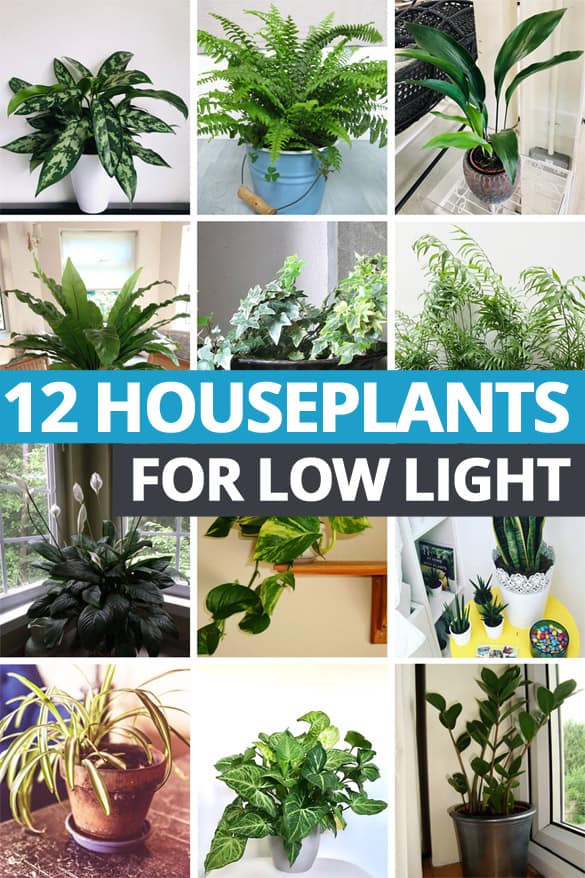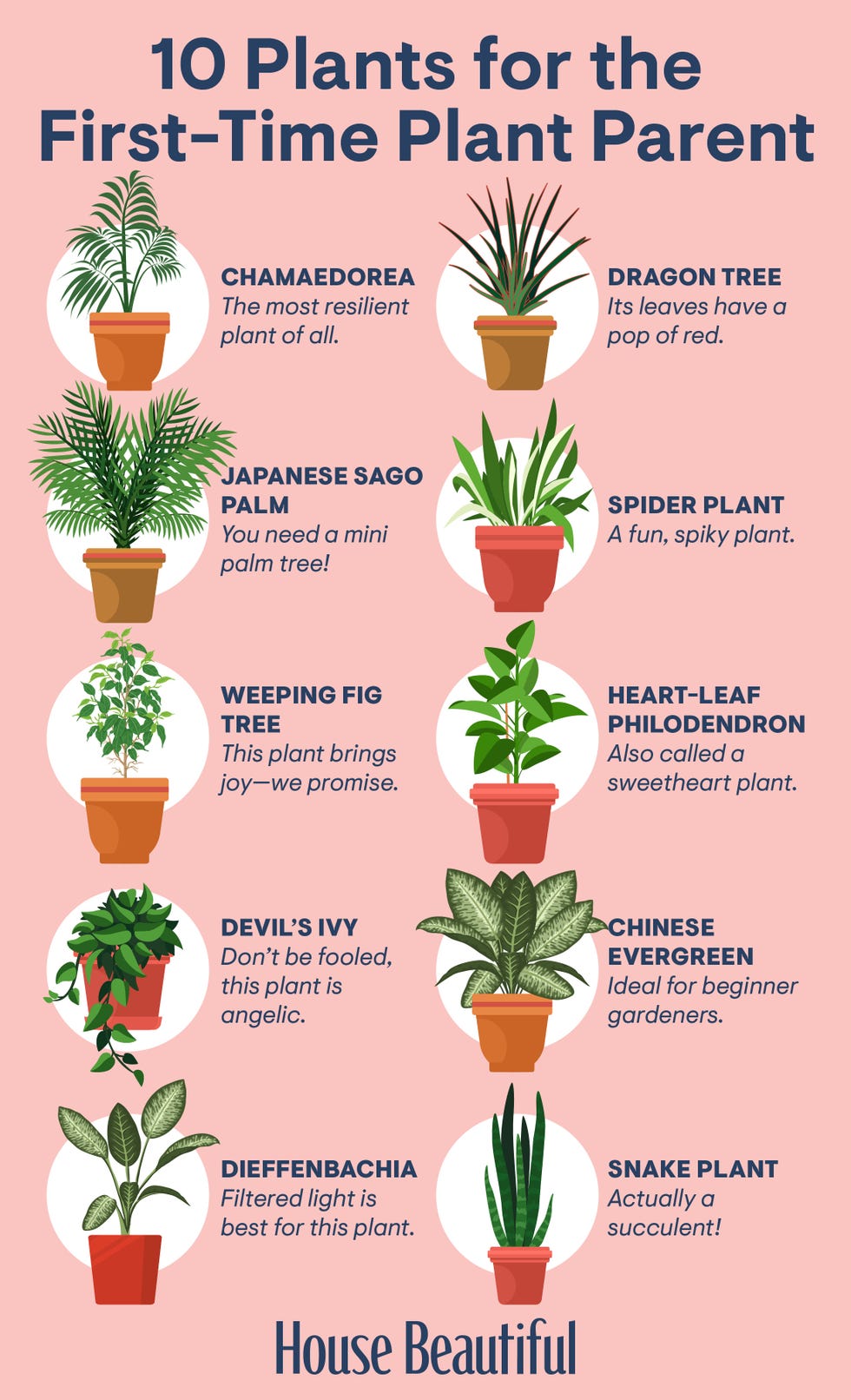The Best Low-Light Indoor Plants You Can Grow Without Natural Light
The Best Low-Light Indoor Plants You Can Grow Without Natural Light
Blog Article
Explore the One-of-a-kind Advantages of Low-Light Indoor Plants for Your Living Area
Including low-light indoor plants into your home provides a wide variety of advantages that expand much past plain appearances. These sturdy plants not only grow in environments with restricted sunshine yet additionally offer crucial features such as air filtration and moisture improvement. They can favorably affect your mood and general wellness while calling for very little upkeep. As you think about the transformative possibility of these plants, it ends up being crucial to discover how their special characteristics can customize your setting to better offer your lifestyle. What particular benefits might resonate most with your personal space?
Air Purification Advantages
Low-light interior plants not only boost the visual allure of living spaces yet also play a significant duty in air filtration. Study has actually shown that certain plant species can successfully remove usual interior contaminants, consisting of benzene, formaldehyde, and trichloroethylene. These substances frequently emanate from house products such as furniture, cleansing products, and building products, contributing to interior air high quality issues.
Plants such as the snake plant, pothos, and peace lily are particularly skilled at filtering dangerous substances from the air while prospering in low-light conditions. The process of phytoremediation, where plants take in and metabolize toxins, makes it possible for these species to contribute significantly to a much healthier indoor environment. Additionally, with photosynthesis, plants release oxygen, further enhancing air top quality.
Incorporating low-light indoor plants right into home or office spaces not only provides visual benefits yet additionally serves as a useful approach for improving air quality. By picking the right species, individuals can develop an atmosphere that advertises wellness and lowers exposure to harmful contaminants, making these plants an important component in contemporary interior living.

Mood Enhancement Effects
Numerous studies have actually shown that including indoor plants can substantially enhance mood and overall emotional wellness. The existence of plant in interior atmospheres has actually been linked to lowered stress degrees, boosted feelings of peace, and boosted psychological wellness. Low-light indoor plants, in certain, grow in environments where natural light is restricted, making them excellent for various living rooms.
Research study indicates that communicating with plants can boost the launch of serotonin, a natural chemical linked with sensations of happiness and health. Additionally, the act of caring for plants fosters a sense of duty and achievement, additional adding to positive psychological wellness results. Low-light plants such as snake plants, pothos, and tranquility lilies have been shown to improve air quality, which is inherently linked to mood enhancement.
Integrating these plants into your office or home can produce a peaceful atmosphere, using a visual and sensory retreat from the pressure of life - Best low-light indoor plants. As individuals invest raising amounts of time inside your home, the mood-enhancing results of low-light interior plants come to be also much more important, supplying not only visual appeal however also an extensive influence on psychological health
Low Upkeep Demands
For those seeking to improve their interior areas without a significant time dedication, low-light indoor plants are a suitable choice because of their reduced upkeep requirements. These durable plants grow in less-than-ideal lights problems, making them excellent for offices and homes where natural sunshine is restricted.
:strip_icc()/peace-lily-spathiphyllum-wallisii-domino-bd41865a1-252ea4c0b35b43d19a41435b16a9cd01.jpg)
Pest resistance is one more advantage of low-light interior plants. Many selections are less prone to usual parasites, minimizing the requirement for continuous tracking and intervention. Additionally, these plants typically grow more slowly than their high-light counterparts, indicating less regular repotting and pruning are needed.
Visual Allure and Versatility

Furthermore, these plants can be arranged in myriad means, whether in groups for a lush result or as standalone attributes to draw the eye. The choices of planter designs-- from streamlined ceramic pots to rustic wooden containers-- even more enhance their visual worth, permitting property owners to share their individual design.
Moreover, low-light plants can be purposefully positioned in locations that may or else really feel ignored, such as edges or poorly lit racks, thus maximizing their decorative potential. Inevitably, the combination of their striking look and versatility makes low-light indoor plants a valuable addition to any home, producing an inviting environment that advertises wellness and leisure.
Enhanced Moisture Levels
Enhancing indoor humidity degrees is one of the significant benefits of including low-light indoor plants into living spaces. These plants normally launch dampness vapor with a procedure called transpiration, which takes place when water soaked up by see here the origins moves with the plant and evaporates from the fallen leaves. This process not only boosts moisture yet also contributes to a much healthier interior atmosphere.
Improved moisture levels can relieve numerous health and wellness concerns, such as completely dry skin, respiratory troubles, and allergic reactions. Many individuals experience pain in arid indoor conditions, specifically throughout cold weather when furnace remain in use. By strategically placing low-light plants throughout your home, you can create a more balanced humidity degree that cultivates total wellness.
In addition, specific low-light interior plants, like peace lilies and spider plants, are especially efficient at enhancing moisture (Best low-light indoor plants). Thus, low-light interior plants offer both useful and aesthetic objectives, promoting a much healthier atmosphere.
Final Thought
In recap, low-light indoor plants supply various advantages that contribute to a healthier and visit extra inviting living space. Integrating these durable plants right into indoor settings not only elevates the atmosphere yet additionally advertises overall health, developing a peaceful refuge for locals.
Plants such as the snake plant, pothos, and peace lily are particularly adept at filtering dangerous substances from the air while prospering in low-light problems. Low-light plants such as serpent plants, pothos, and tranquility lilies have actually been shown to boost air quality, which is inherently linked to mood enhancement.
Low-light indoor plants, such as serpent plants, pothos, and ZZ plants, not only enhance the visual landscape of a room however likewise introduce different structures and tones of eco-friendly that can match varied interior styles. These plants naturally release moisture vapor through a procedure recognized as transpiration, which takes place when water soaked up by the origins moves through the plant and evaporates from the fallen leaves.In addition, particular low-light interior plants, like peace lilies and spider plants, are specifically reliable at boosting humidity.
Report this page